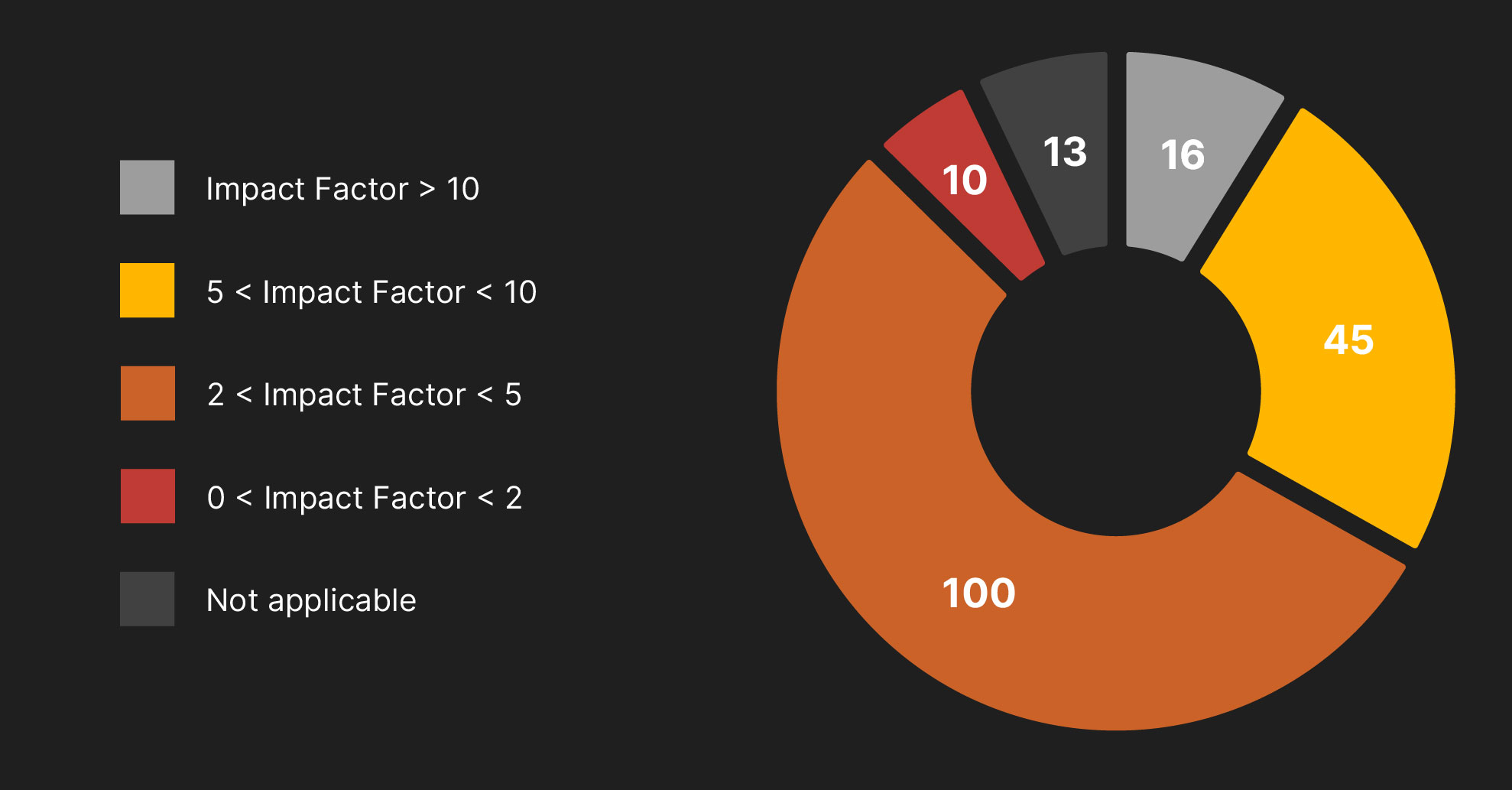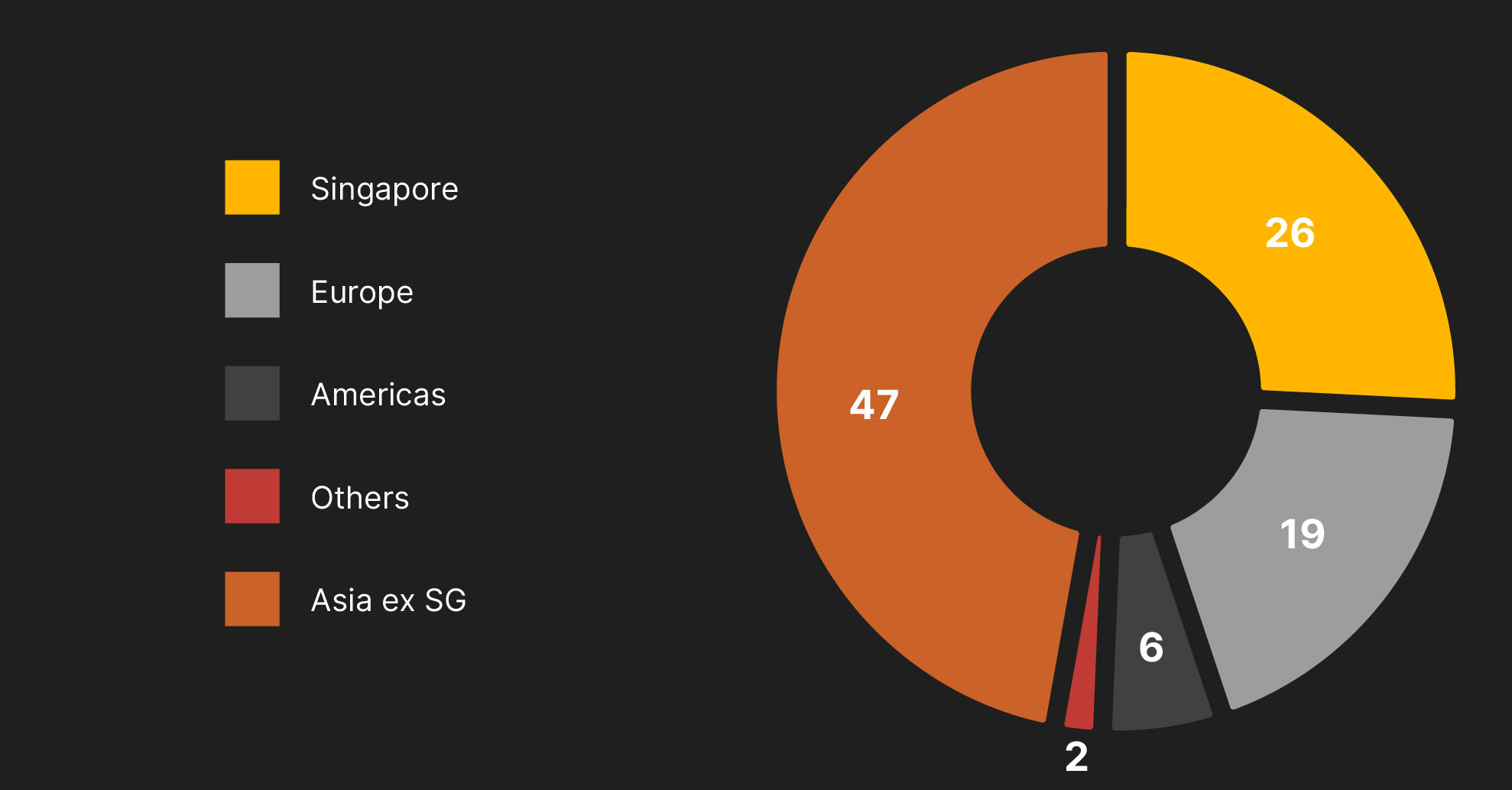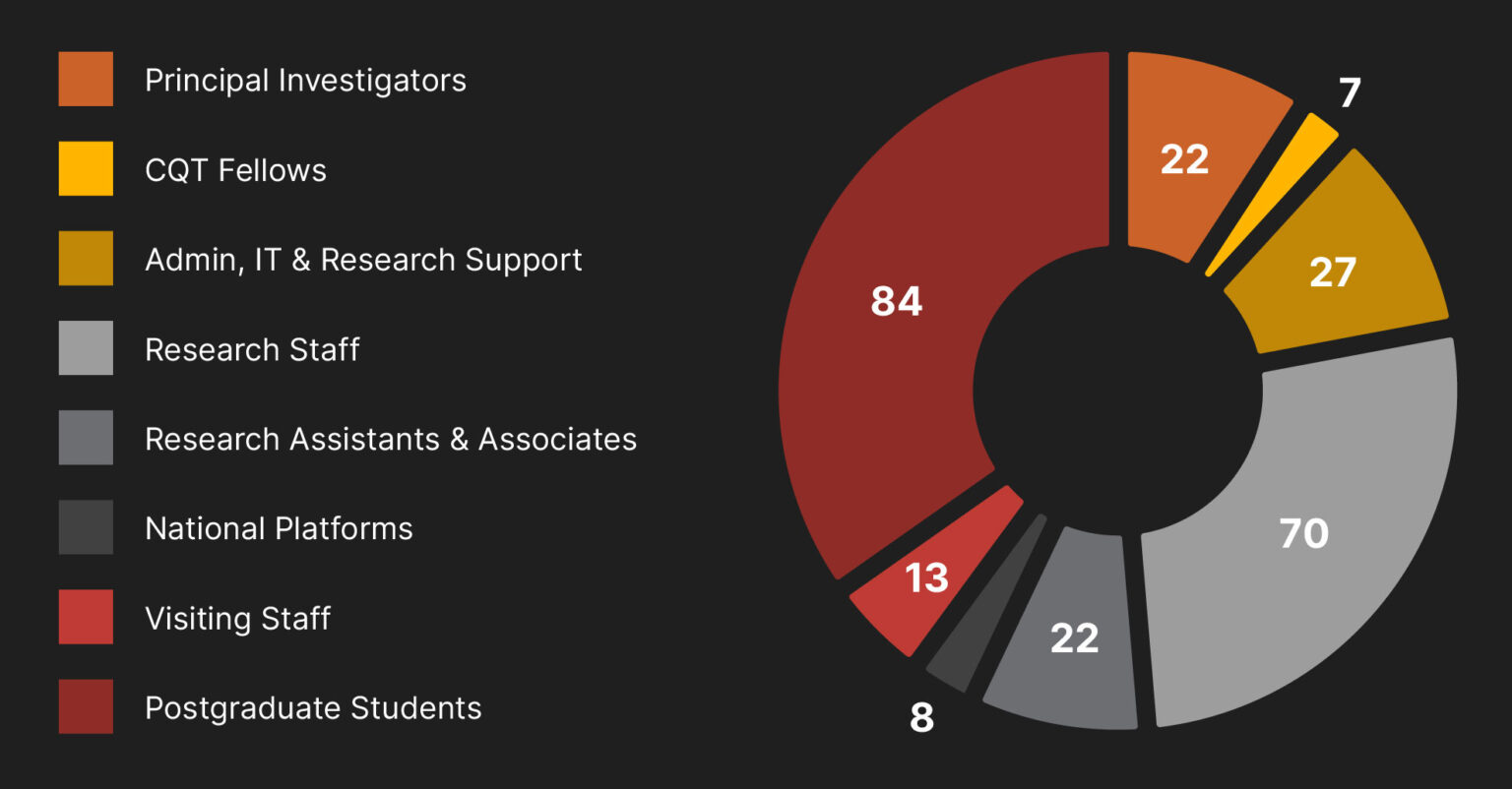SeCQC
SeCQC: An open-source program code for the numerical Search for the classical Capacity of Quantum Channels
SeCQC is an open-source program that, given a quantum channel, implements a Numerical Search for the classical Capacity of Quantum Channels. It is a derivative of the open-source program code SOMIM (see Ref. [1]). Copyright © 2010 J.W. Shang, K.L. Lee and B.-G. Englert. SeCQC is a free software: You can redistribute it and/or modify it under the terms of the GNU General Public License Version 3 as published by the Free Software Foundation. SeCQC is distributed in the hope that it will be useful, but WITHOUT ANY WARRANTY; without even the implied warranty of FITNESS or MERCHANTABILITY FOR PARTICULAR PURPOSE. See the GNU General Public License at http://www.gnu.org/licenses/ for details
Download
All: all.tar.gz
Windows-version executable files + sample input + sample output: secqc.tar.gz
Source for compilation: source.tar.gz
Manual for SeCQC: Manual.pdf
Sample input and output: inout.tar.gz
Please send your comments, suggestions, or bug reports to the following email account: secqc@quantumlah.org.
[1] K. L. Lee, J. W. Shang, W. K. Chua, S. Y. Looi, and B.-G. Englert, SOMIM: An open-source program code for the numerical Search for Optimal Measurements by an Iterative Method, arXiv:0805.2847 (http://arxiv.org/abs/0805.2847), SOMIM web site.
[2] J. Rehacek, B.-G. Englert, and D. Kaszlikowski, Iterative procedure for computing accessible information in quantum communication, Phys. Rev. A 71, 054303 (2005); eprint available at http://arxiv.org/pdf/quant-ph/0408134.
[3] J. Suzuki, S. M. Assad, and B.-G. Englert, “Accessible information about quantum states: An open optimization problem”, Chapter 11 in Mathematics of Quantum Computation and Quantum Technology, edited by G. Chen, S. J. Lomonaco, and L. Kauffman (Chapman & Hall/CRC, Boca Raton 2007), pp. 309-348; also available at http://physics.nus.edu.sg/~phyebg/Papers/135.pdf.
[4] W. H. Press, B. P. Flannery, S. A. Teukolsky, W. T. Vetterling, “Minimization or Maximazation of Functions”, Chapter 10 in Numerical Recipes in C: The Art of Scientific Computating, (Cambridge University Press, 2nd edition 1992), pp. 394-455.


